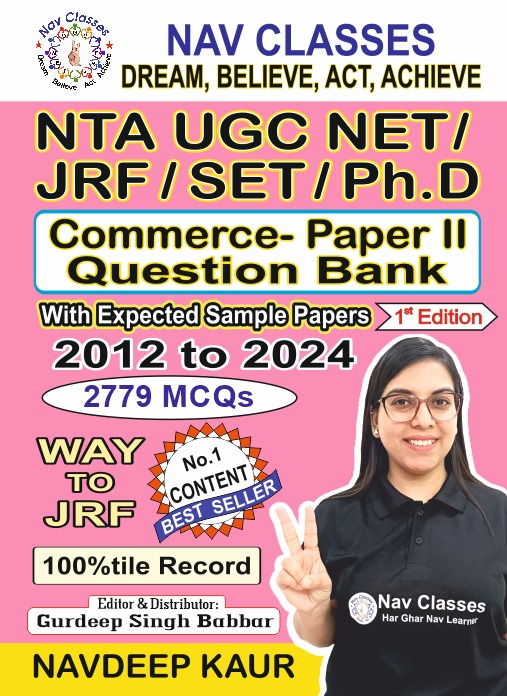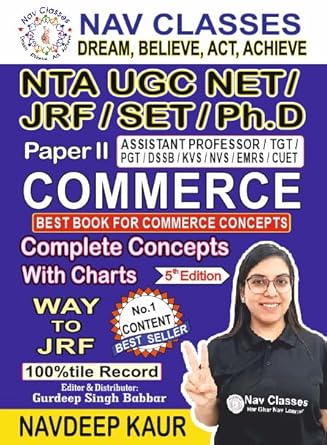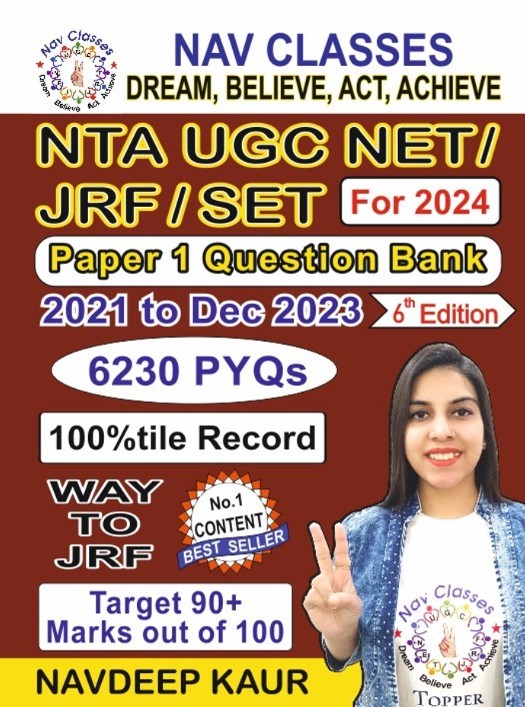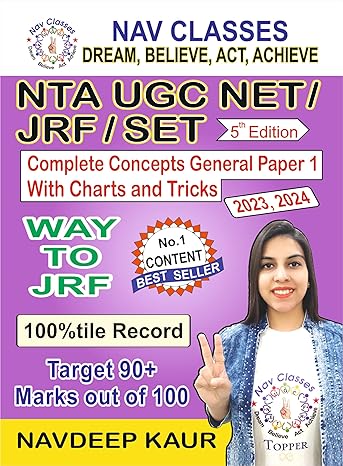Q1.Part IV of Constitution of India deals with:
(a) Fundamental Rights
(b) Citizenship
(c) Directive Principles of State Policy
(d) Union executive
SHOW ANSWER
©navclasses
Q2.Which one of the following Articles of the Constitution of India has provision for the President to proclaim emergency?
(a) Article 352
(c) Article 355
(c) Article 356
(d) Article 360
SHOW ANSWER
©navclasses
Q3.The method of Constitutional Amendment is provided in:
(a) Article 348
(b) Article 358
(c) Article 368
(d) Article 378
SHOW ANSWER
©navclasses
Q4.Under which Article of the Constitution of India can the President of India be impeached?
(a) Article 61
(b) Article 75
(c) Article 76
(d) Article 356
SHOW ANSWER
©navclasses
Q5.For distribution of powers between the Union and the States, the Constitution of India introduce three lists. Which two of the following Articles govern the distribution of power:
(a) Articles 3 and 4
(b) Articles 56 and 57
(c) Articles 141 and 142
(d) Articles 245 and 246
SHOW ANSWER
©navclasses
Q6.Part III of the Constitution of the India relates to—
(a) fundamental Rights
(b) Directive Principles of State Policy
(c) Fundamental Duties
(d) Citizenship
SHOW ANSWER
©navclasses
Q7.The Legislative Council
(a) has a term of six years
(b) has a term of five years
(c) as a permanent House
(d) has a term of two years
SHOW ANSWER
©navclasses
Q8.The phrase ‘bicameral legislature’ means:
(a) a single assembly
(b) an elected legislature
(c) a legislature consisting of a lower and an upper chamber
(d) Parliamentary system of Government
SHOW ANSWER
©navclasses
Q9.The total number of members of the Legislative Council can in no case be less than :
(a) 40
(b) 50
(c) 60
(d) No minimum strength has been fixed
SHOW ANSWER
©navclasses
Q10.The members of the Legislative Council are appointed through
1. direct elections
2. indirect elections
3. nomination
A.1 and 2
B.2 and 3
C.1. 2 and 3
D.1 and 3
SHOW ANSWER
©navclasses






